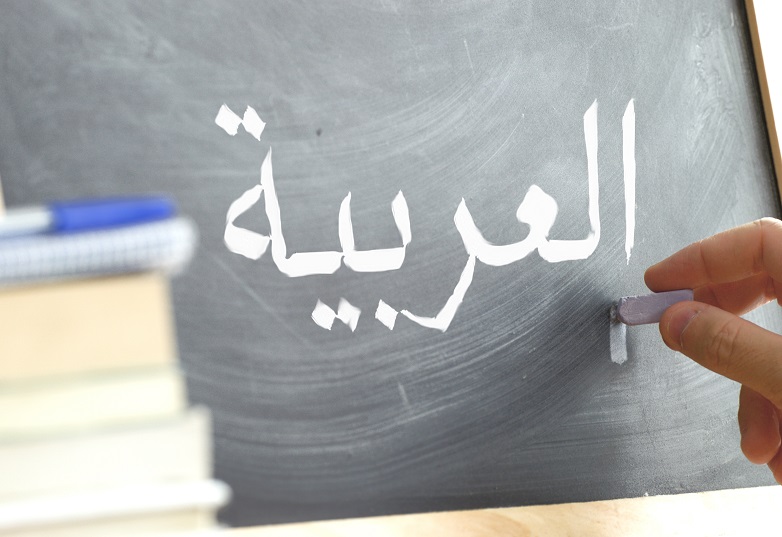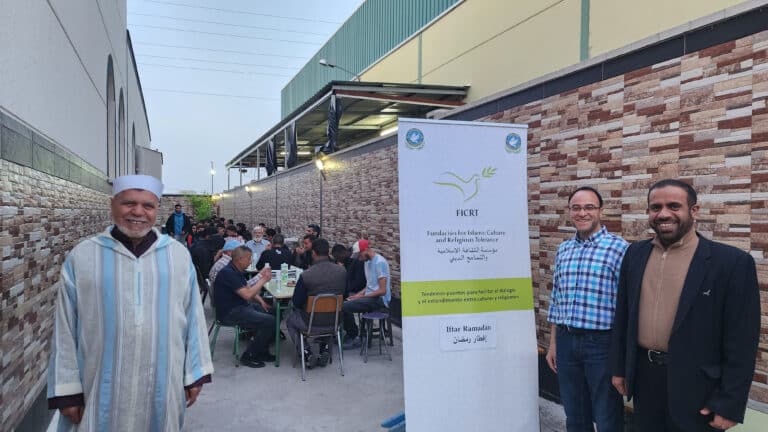The continued presence of Muslim civilization for more than seven centuries in our country, a period in which thought and the arts flourished, has left an indelible legacy in Spanish culture and language. The fundamental element in this legacy has been the Arabic language, one of the most widely spoken languages in the world and one of the six official languages of the UN.
According to UNESCO estimates, some 422 million people use Arabic daily worldwide, making it the fourth most spoken language, after Mandarin, Spanish and English.
It is also one of UNESCO’s own select group of official languages and one of the official languages of the United Nations. UN. Specifically, it was the last to acquire official status by the UN, on December 18, 1973.
The United Nations General Assembly designated December 18 as World Arabic Language Day in 2012 as a tribute to the importance of this language to humanity.
According to UNESCO, “The spread of Islam gave Arabic an elevated status and it became the language of politics, science and literature for many centuries in Muslim-ruled lands. Arabic left its mark on numerous languages of the Islamic world, such as Turkish, Persian, Urdu, Malay, Indonesian and Albanian, as well as on African languages such as Hausa and Swahili and on European languages, particularly Mediterranean, such as Spanish, Portuguese, Maltese and Sicilian.”.
Arabic and Spanish
The contribution of Arabic to the lexicon of the Spanish language is significant: the Arabs’ presence in the Iberian Peninsula for more than seven centuries was not in vain.
As noted Ignacio Ferrando, Professor of Arabic and Islamic Studies at the University of Cádiz, Spainduring a conference organized by the FICRT Foundation, “there is an extensive and intense linguistic and cultural impregnation that can be perfectly seen in the number of Arabisms, toponyms and anthroponyms, which differentiate, linguistically speaking, the Iberian Peninsula from the rest of Mediterranean Europe”..
Experts estimate that there are around 4,000 Arabisms in the Spanish language, although it is difficult to quantify them, since not all of them have been in use at the same time and, moreover, it is doubtful whether the derived words have also been counted. In comparison, Amerindian languages have contributed only 500 words to Spanish, and English only 200.
This is a unique case and the most numerous contribution from one language to another, to the point that many words of Arabic origin have displaced the original Latin words, such as ‘aceituna’ to ‘olive’.
For Professor Ferrando, “The visible trace of Arabic in Spanish is a very clear testimony of an era of linguistic tolerance or fruitful coexistence. There is no better proof of all this than this reality, perfectly assumed by the Spanish population, that Arabic forms an inseparable and very important part of the Spanish languages.”.
This contribution would not have been possible without the peaceful coexistence between scholars of the three Abrahamic religions, Islam, Christianity and Judaism, which was fostered during the centuries of Muslim presence in Spain and which crystallized in cities such as Cordoba, an example of tolerance, coexistence and shared work by Muslim, Christian and Jewish intellectuals.
The FICRT Foundation recognises the Arabic language’s significant contribution as a vehicle for intercultural tolerance and understanding.
The ZAI Center
In order to promote the teaching and learning of the Arabic language worldwide, the Zayed University of the United Arab Emirates announced the launch of the ZAI Center, a new research center.
Led by the renowned Dr. Hanada Taha Thomure, the ZAI Center will be the first Emirati academic institution to analyze the way the Arabic language is taught around the world.
The aim of the UAE Ministry of Culture and Zayed University is to establish Zayed University as the world leader in Arabic language education.
Unlike what usually happens with other languages such as Spanish or English, which for years have had bodies accrediting the teaching of these languages, such as the Cervantes Institute or the British Council, Arabic lacks a body in charge of certification.
Therefore, another objective of the Emirati cultural authorities is to make the ZAI Center the first body to accredit Arabic language learning worldwide by 2026.







